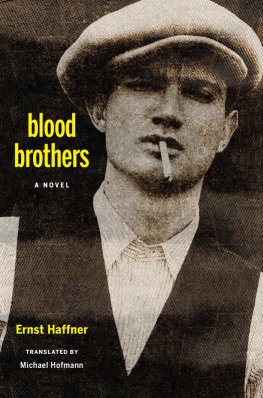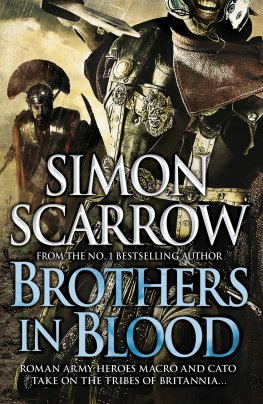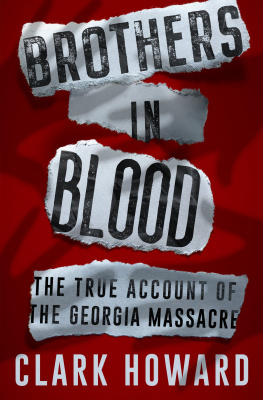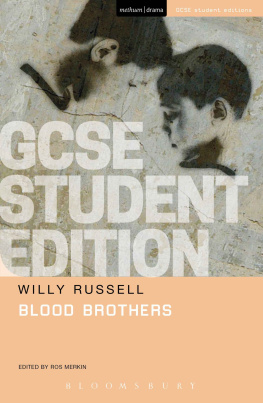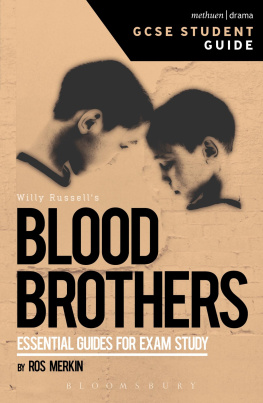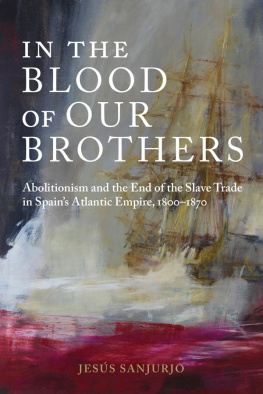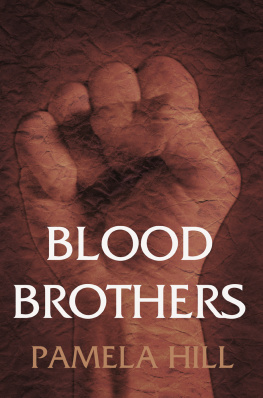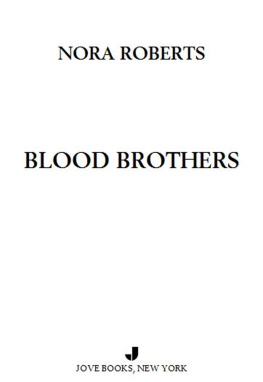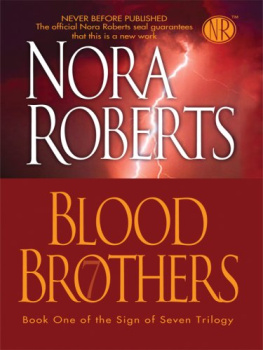Ernst Haffner
Blood Brothers
PRAISE FOR BLOOD BROTHERS
Ernst Haffners Blood Brothers rips you apart, emotionally and intellectually. The tragic story of the Berlin street gang known as the Blood Brothers in the waning days of the Weimar Republic is devastating. Trapped in a cycle of poverty, violence and incarceration, these young men survive by any means necessary. Haffner doesnt indict the brothers; his target is the outdated bureaucracy and societal inequality that allow six million people to be on the brink of starvation. The books power is only amplified when you consider what follows in Germany and the fate of the author and his book.
MARTIN SCHMUTTERER, COMMON GOOD (MINNEAPOLIS, MN)
In Blood Brothers, misery, company and Weegee-esque imagery form an unholy trinity of gritty perfection that sticks like skin to bone, and sheds flickering light on a vanished world: the merciless streets of 1930s Berlin and the kids who ran them. This is realism at its best voyeurism with a conscience and Haffners ability to lay bare the mechanisms of cyclical poverty and the state systems that, in spite of themselves, reinforce and recreate conditions of violence and criminality, is on par with Dickens: there are faces and names and stories behind each headline, each juvenile court docket. To paraphrase Dassins iconic closing words of that masterpiece of American neorealism, Naked City, there may be a million stories of destitution and despair on the eve of war, but this one is matchless.
ALEX HOUSTON, SEMINARY CO-OP BOOKSTORES (CHICAGO, IL)
Despite the little we know about Ernst Haffner, its clear to me from reading Blood Brothers that he was a brave and compassionate man, as well as a talented author. His novel is a stark, realist masterpiece of 1930s Berlin streetlife that also contains nightmarish elements of German Expressionism and features bureaucracies as strange and labyrinthine as anything Kafka ever conceived. Yet, what comes through the most is Haffners supreme empathy for these lost boys, his desire to point out their plight. Blood Brothers is literature of social importance. It is a clarion call on par with The Jungleart meant to enact change for the greater good. Perhaps, in its time, it was too successful at this aim. Otherwise, why would the Nazis go to the trouble to burn it?
KEATON PATTERSON, BRAZOS BOOKSTORE (HOUSTON, TX)
INTRODUCTION BY HERBERT A. ARNOLD
THIS SHORT NOVEL about Berlin gang life is quite remarkable and slightly mysterious in several respects. Little is known about the author, Ernst Haffner, who seems to have disappeared during the turmoil of World War II. According to Peter Graf, the editor of the German edition on which this translation is based, he appears to have worked in Berlin as a journalist and possibly as a social worker between 1925 and 1933; the book was published in 1932 under the title Jugend auf der Landstrasse Berlin [Youth on the road to Berlin]. As the translator, Michael Hofmann, notes, Landstrasse Berlin conflates the idea of the city, Berlin, and the allegory of the road as the course of human life. It encompasses the road of good intentions and the road as the space of vagrants and tramps, the home of the homeless, those who fall by the wayside. The ultimate irony is, of course, that this makes Berlin not so much a destination as a constant condition of those condemned or allowed to flog its pavements. The Nazis banned the novel and included it in their public burning of unwanted books.
The reasons for this ban are unknown but an author would normally be banned because he was politically or racially undesirable in National Socialist eyes, i.e., was a communist or social democrat or Jewish or both. A literary work might also be proscribed because its contents ran counter to the desired idealization of youth prescribed by NS propaganda. The sympathetic treatment of social outsiders, ostracized by the Nazis as Asoziale and frequently put into concentration camps as recidivists, would certainly have run afoul of NS expectations and censorship practices. Finally, one of the repeated claims of the benefits the law and order National Socialists supposedly bestowed upon a lawless Germany inherited from the Weimar Republic was the total elimination of all crime from German cities; they placed special emphasis on their having eradicated all youth gangs and replaced them with the wholesome, Aryan sequence of NSDAP-run youth organizations from Jungvolk through Hitlerjugend (Hitler Youth) to Reichsarbeitsdienst (compulsory Labor Service). Blood Brothers definitely did not fit into that schema.
Nor did the reality of persistent youth gang activities throughout the war, especially in Berlin.
That the book surfaces only now is thus understandable but a bit surprising given the massive attention researchers have focused on all aspects of Weimar history, especially its social history, for which this novel is a unique atmospheric source. Contemporary critics such as Siegfried Kracauer already noted in the Frankfurter Zeitung that this depiction of what was called the Milieu (the Berlin-specific social underbelly of life) was accurate and fascinating. And the journal Simplicissimus enthused about the readability of this book, which was neither reporting, nor investigation, nor accusation but kept one enthralled all the same (Graf, introduction, p. 3).
This reference to the books stylistic peculiarity points to another one of the many small enigmas of this novel: How does the author manage to engage the readers interest and identification with the characters despite his obvious and successful insistence on remaining detached, dispassionate, and reportorial? Haffner is clearly part of the stylistic movement of the 1920s known as the Neue Sachlichkeit (New Objectivity or Realism) a style much favored by a postwar generation that could no longer abide by the high-flying rhetoric that had characterized the previous generation of writers and had been discredited as part of the failed policies and propaganda of the Wilhelminian era. Hans Fallada is closely related in style and subject matter. His novel Wer einmal aus dem Blech-napf frisst (loosely translated: Once youve eaten prison grub; officially: Who once eats out of the tin bowl [from the 1934 English translation]) traces a former prison inmates futile attempts to re-integrate into civil society after his release, only to find the return to, and the pressures of, free society impossibly difficult to negotiate; he is eventually relieved to be able to return to the predictability and stability of prison life. This never-ending cycle, this inexorable loop of having a run-in with the law, incarceration, release, and the seemingly inevitable return to illegality and punishment is also the ostensible subject matter of one of the great German novels of the time, Alfred Dblins Berlin Alexanderplatz, first published in 1929. His anti-hero, Franz Biberkopf, released from Tegel prison in Berlin, is trying to find his place in civil society only to apparently run afoul of the law again; imprisoned again, he suffers a psychological collapse. Eventually released from a psychiatric ward he returns to Berlin, a broken man physically and spiritually. But the city of Berlin and the underclass from which Biberkopf comes are the real heroes of this novel in many respects; the city, destructive and implacable; the underclass, inescapable. A more lighthearted, satirical version of the big city and its merciless treatment of its inhabitants is Fabian: Die Geschichte eines Moralisten [Fabian: The history of a moralist] by Erich Kstner. Published in 1931, it was read by many as an indictment of the moral and political dissolution of German society in the Twenties, especially in Berlin. Once again people, this time of all social classes, are shown as being chewed up by the maws of the modern metropolis, frantically trying to remain or become self-determined, but never quite succeeding.

